Many books - self-published and traditionally published - could benefit from having had further editing. Here are 10 proofreader tips for a polished draft:
1. Read sentences in reverse
Reading from right to left isn't reserved for Hebrew and Arabic scholars.
Reading a sentence from last word to first is a handy trick for catching errors you may have missed.
The same goes for reading larger swathes of text. Read the last paragraph of a chapter first. Then the second-last, and so forth, back to the first.
This is an effective way to check for errors as it intervenes in our common habit of 'glossing' over text. It stops us from reading to consume, rather than reading to evaluate each detail.
Although spellcheck software catches common misspellings, and apps such as Grammarly pick up on even more, this is a useful hack to remember.
2. Change document spacing
There are multiple reasons why 1.5 or double line spacing is a common editing standard.
Single-spaced documents, for one, make it more laborious for the eye to track each line.
It's harder to notice details when so many words are crammed onto the page, with so little vertical breathing space between sentences.
When you start editing, set your line spacing to 1.5 or double (you can do so by selecting all text and going to the 'Paragraphs' dialogue in Microsoft Word).
This will make it much easier to spot any errors.
3. Know your habits
Getting professional editing is valuable not just for editing a particular document. It also helps you to learn your writing habits.
A manuscript evaluation, for example, might reveal under 'SPAG' feedback that you regularly use comma splices or that there were several number agreement issues.
Working with an editor helps you become conscious of details in your writing that may be stopping your style from truly shining.
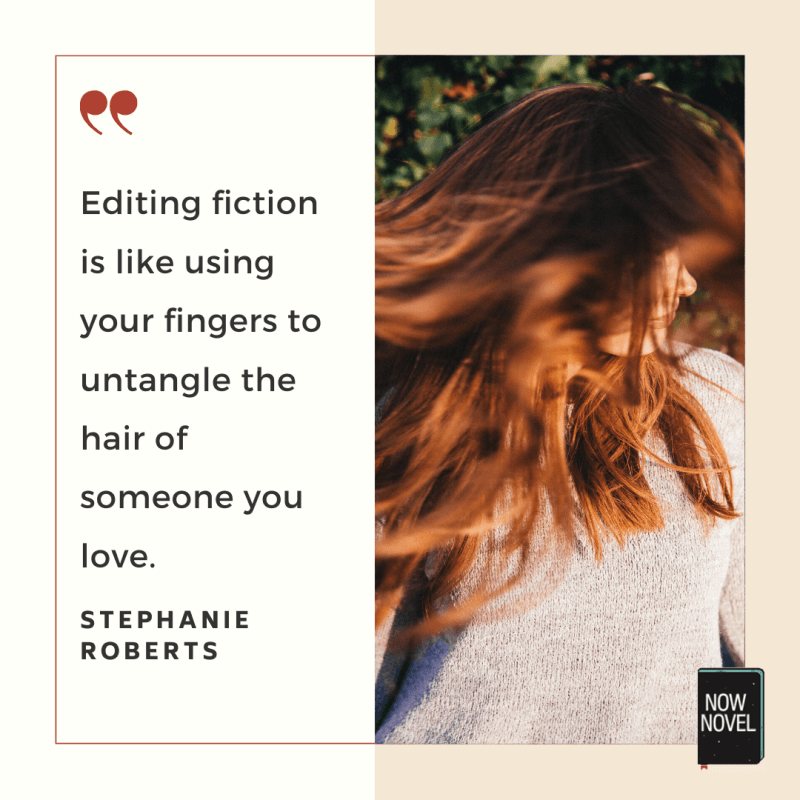
4. Get distance
One of the strong reasons to use a professional copy editor and proofreader is that we are often too close to the text to spot our own mistakes.
Whether you get distance by taking a week's break before you start editing, or you get a second pair of eyes on your story, distance gives you greater clarity.
5. Work in short sprints
Focus naturally wanes as we conduct detail-oriented tasks.
This is particularly true in stressful times, such as when you have a submission or other deadline looming.
Split up proofreading (if doing your own edit) into smaller blocks of time, so that you take a brief break after every few pages. It will help you to maintain focus.
6. Use style guides for consistency
Proofreading gets confusing when you aren't sure of details such as what words to capitalize, or how to punctuate abbreviations.
Using a single style guide such as the Chicago Manual of Style as your reference is a simple way to ensure you apply consistent rules.
For example, in UK English, the period in a title (such as 'Dr' for 'doctor') is typically left out when the abbreviation begins and ends with the same letters as the full word.
7. Take your time
The more detail-oriented the task, the greater the enemy hurry becomes.
Charles Finch puts the benefits of being a patient proofreader (or investing in one) well:
To me, the single biggest mark of the amateur writer is a sense of hurry.
Hurry to finish a manuscript, hurry to edit it, hurry to publish it. It's definitely possible to write a book in a month, leave it unedited, and watch it go off into the world and be declared a masterpiece. It happens every fifty years or so.
For the rest of us, the single greatest ally we have is time. There's no page of prose in existence that its author can't improve after it's been in a drawer for a week.
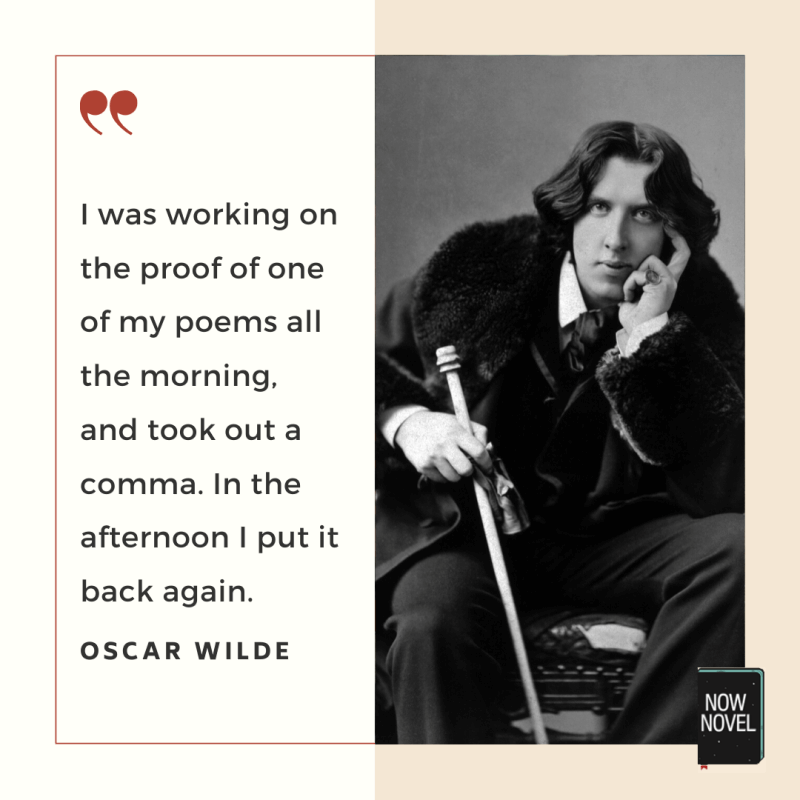
8. Print a physical copy if possible
It's easier to spot errors on a physical printed page than on your screen.
If possible, print out a copy of your draft. Use double-sided printing and set print quality to low to conserve ink and paper.
9. Build your own glossary of SPAG terms
Knowing and naming different categories of error will help you remember what to look for when proofreading.
What's a dangling modifier, for example?
A dangling or misplaced modifier alters (i.e. modifies) a word or phrase not clearly given in a sentence.
For example:
'Smiling with relief, the proofreading was complete.'
Who in this sentence is smiling with relief? Clearly proofreading cannot smile. Perhaps the author?
'The author smiled with relief - the proofreading was complete.'
10. Get professional help
Although it's possible to be your own proofreader, it's ill-advised.
Professional proofreaders have the love for detail as well as the practice for catching errors and finding the small ways a manuscript can shine brighter.
Get a no-obligation quote for proofreading now. (See what edited authors are saying.)

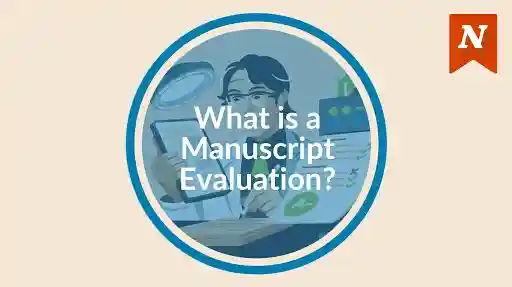
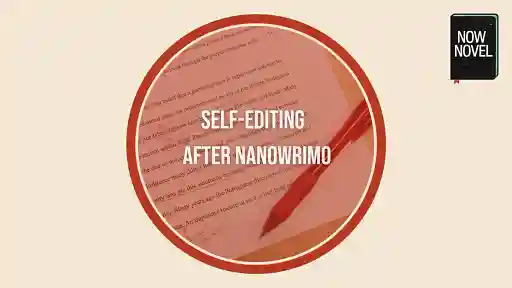
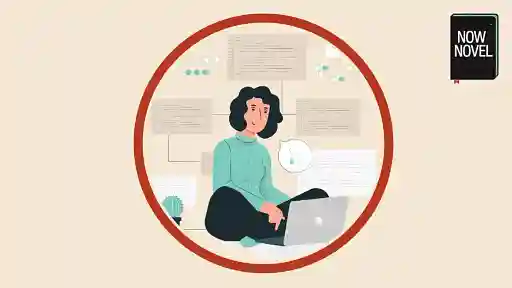






9 ways to better proof read your manuscript. #10, don't do it!! Lol!
2 Cents 'N' - Over 5 years ago
You got us, 2Cents :) Thanks for reading. I hope you're keeping well and safe!
Jordan At Now Novel - Over 5 years ago
I love that comma quote from Oscar Wilde :) Thanks for sharing!
Rafal Reyzer - Over 5 years ago
Thank you, Rafal, I do too! Thanks for reading our blog :)
Jordan At Now Novel - Over 5 years ago
going through your advise is benefitting...i hope to come up with one novel in future
Godfrey Simbeye - About 5 years ago
Thank you, Godfrey! Persevere and I'm sure you will.
Jordan - About 5 years ago
well-optimized and helpful content. Thanks
Burhan - Over 4 years ago